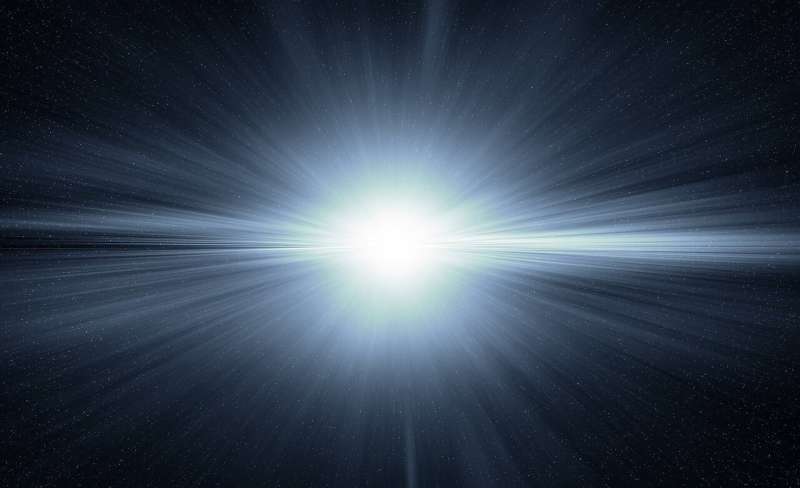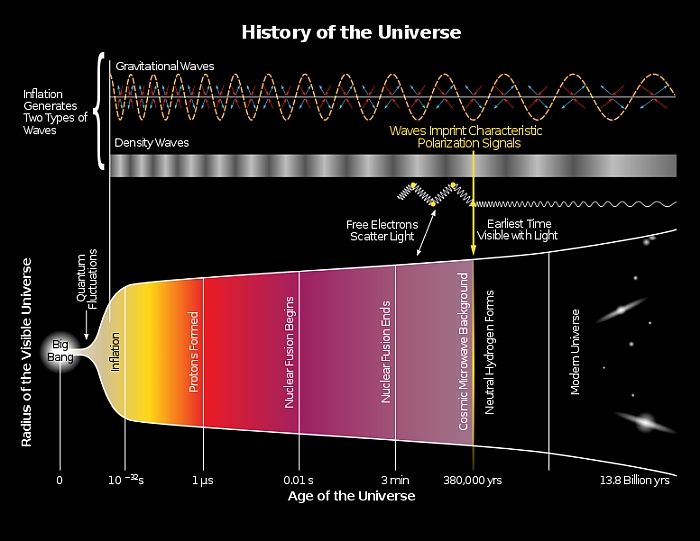
Astronomers have identified a potential clue to how the universe became reionized after the Big Bang. The researchers identified a black hole, a million times as bright as our sun, that may have been similar to the sources that powered the universe’s reionization.
About 400,000 years after the universe was created began a period called “The Epoch of Reionization.”
During this time, the once hotter universe began to cool and matter clumped together, forming the first stars and galaxies. As these stars and galaxies emerged, their energy heated the surrounding environment, reionizing some of the remaining hydrogen in the universe.
The universe’s reionization is well known, but determining how it happened has been tricky...
Read More








Recent Comments